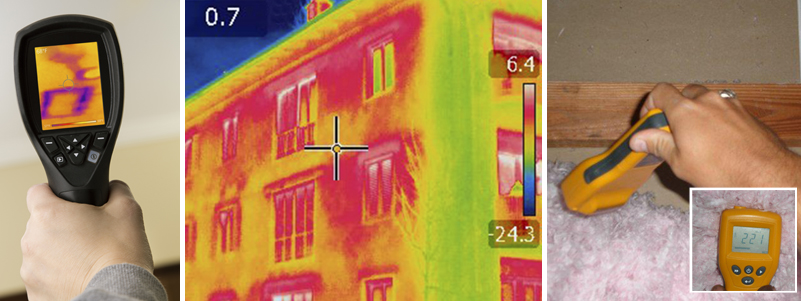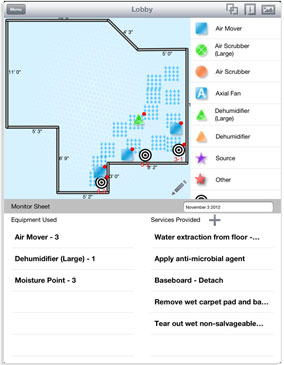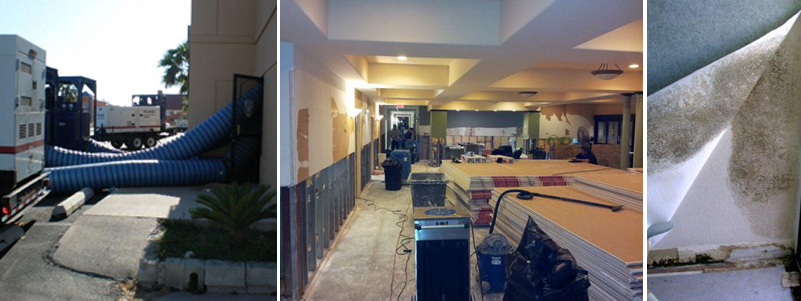WATER REMEDIATION
Water “Mitigation” and/or “Treatments”, will be addressed by varying Physical Inspections, Testing and Reporting, to support the basis for “Salvage” of Building Components or Content Item(s). The above will be utilized to support a Protocol, i.e. Actions for Remediation Contractors to perform varying Water Remediation Services utilizing a combination of Water Extraction, Dehumidification and Demolition. The above involving Advanced Techniques and Equipment, in efforts to Remove or Extract Water and/or Moisture affecting the Building Components and Content Item(s) contained within same.
Mitigation company’s employ varying experts, known as “Moisture Technicians”, whom have varying Professional Certifications, Experience and Knowledge to complete “Detailed Testing and Reporting” to the respective Buildings Components, to determine and identify the Building Areas “Affected”, by “Wet/Moisture Conditions”.
Testing is initially comprised of a developing a detailed Moisture Mapping of the Building, which details specific readings/results, utilizing various equipment to test water and moisture levels within building components, i.e. Floors, Walls, Ceilings, as well as Roof and Envelope Systems, this of course in addition to Content(s) items, as required. The common practice, is to use Moisture Meters, both Surface and Probing Meters and Record Results. It may also be necessary to use Thermal Imaging or other types of Testing Techniques to access areas which Surface and Probing Meters cannot be utilized.

Once the Testing has been completed a “Moisture Map” is developed. A Moisture Map, is a Map which depicts the Water/Moisture affected Areas of the Building/Content(s), in the form of a Schematic or Floor Plan, in addition it also depicts the respective Water Moisture Readings/Recordings for those referenced areas, See Example:
With the “Moisture Map” completed a Protocol, can then be established. The Remediation Contractor can then take immediate action and provide the Contract Services required to quickly remediate Water/Moisture Conditions which are negatively impacting the: Building, Building Components, and the Content(s) within same, now that the above has been achieved. They will do so utilizing varying Mitigation Techniques (As discussed, Demolition, Drying & Dehumidification, etc.) In addition they will also do so by utilizing varying specialized Drying & Dehumidification Equipment, which is determined, established by the Water/Moisture recorded levels within the Moisture Mapping, as well as the specific Building Design/ Area(s) Affected, and finally the Building Components to be dried.

